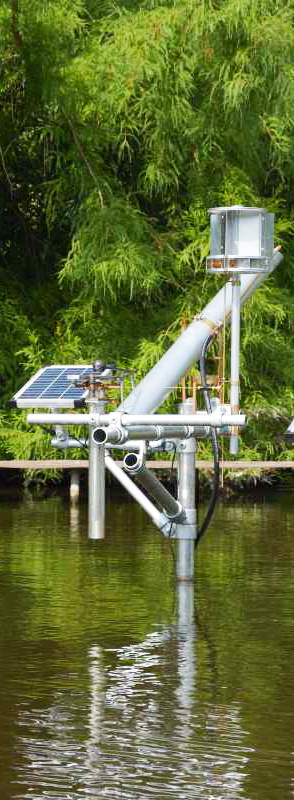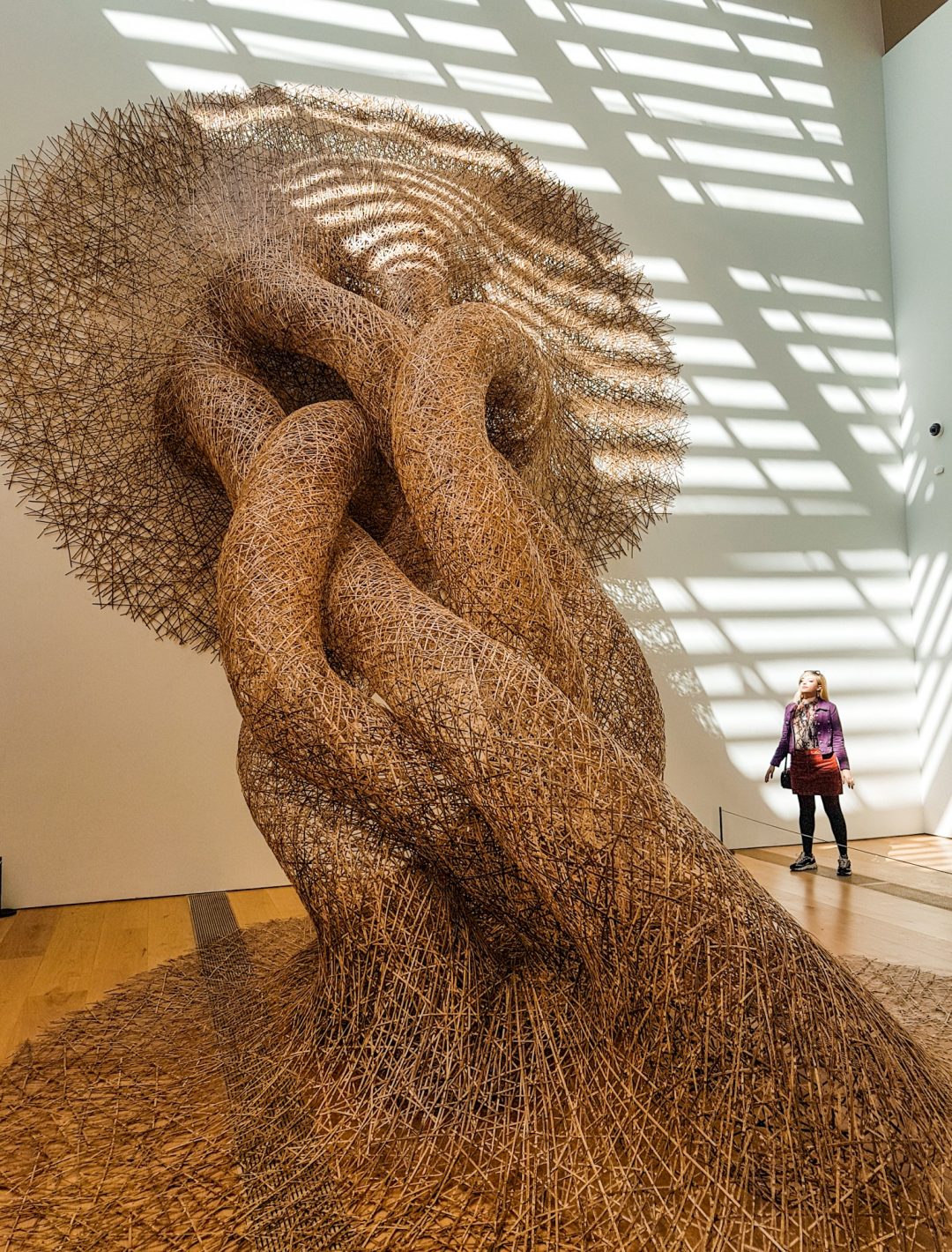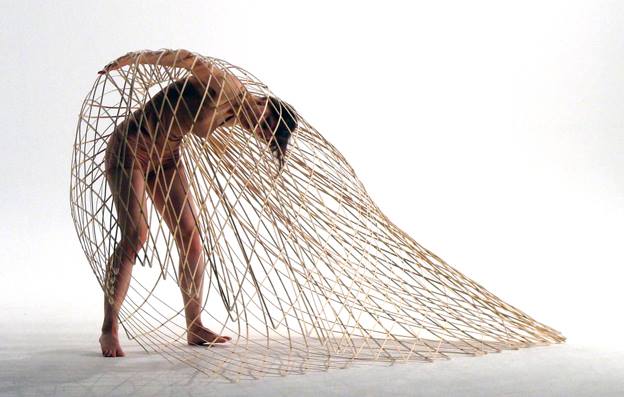
Ronald van der Meijs
Odoshi Cloud Sequence
A symbiosis between nature and culture is created against the backdrop of the Japanese garden in the pond of the Amstelpark. This artwork explores new possibilities to generate sound and composition that are controlled by slow, unpredictable and unexpected elements of nature which are highly respected in Japanese culture. The diversity of natural sounds gives the work an almost meditative character, while the dependance on natural factors evoke a tension between longing and acceptance. This sound installation engages, as a natural sequencer, in a dialogue with the water, sun wind and clouds. It refers to Japanese garden culture by using the principle of the Japanese bamboo water tumbler.





